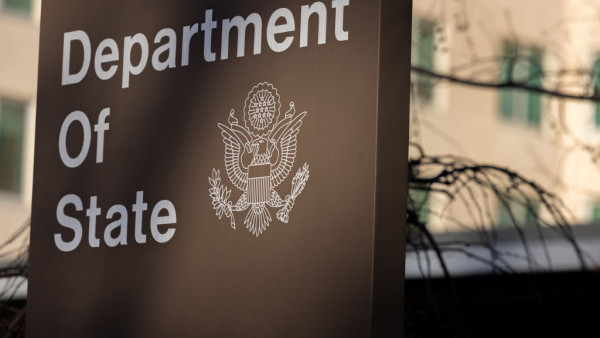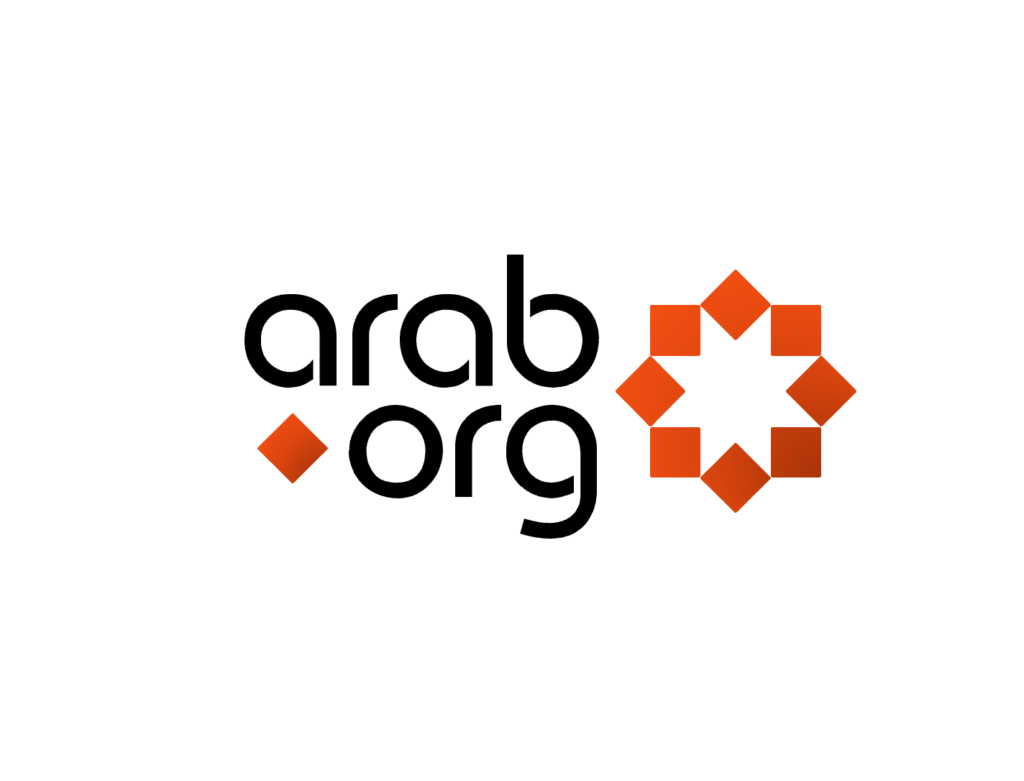The US State Department briefed reporters on a maritime corridor for aid to Gaza. [Getty]
As Palestinians in Gaza face an unprecedented humanitarian crisis, with daily airstrikes by Israel and an ongoing siege that is blocking basic food supplies, famine, malnutrition, and food insecurity are becoming increasingly widespread. In response, the US has set up a sea corridor to distribute much-needed food.
On Wednesday, the State Department held a news briefing to share details and answer questions about the new sea corridor that aims to facilitate international food aid to Palestinians.
“Humanitarian conditions are deteriorating. Insecurity is escalating, particularly in Rafah, and civilians are suffering. The United States continues working relentlessly to surge assistance through all available means to address the impacts of this crisis,” USAID response director Dan Dieckhaus told reporters on a conference call.
He went on to describe the dire humanitarian situation for Gazans, with the entire population of 2.2 million facing food insecurity, more than 30 per cent of children severely malnourished, and a threat of widespread famine looming.
In response, the US has set up a floating pier, Joint Logistics Over-the-Shore, or JLOTS, to facilitate international food aid to Gaza, bringing food from Cyprus and Israel.
Though this move is being welcomed due to the urgent need for basic aid in Gaza, it is also being met with speculation given the US role in Israel’s war in Gaza.
As Israel’s leading weapons supplier, the US is arguably in a position to press Israel to de-escalate the airstrikes or, at a minimum, open humanitarian corridors for food aid. Transporting aid overland is considered the most efficient way to reach those in need, while a maritime corridor is much more costly and cumbersome. Several months ago, the US airdropped aid to Gaza, which faced similar speculation.
Addressing this issue, Dieckhaus said that they “will also press the Government of Israel to open additional land crossings, remove impediments to the delivery of humanitarian aid, and do far more to prevent the killing of humanitarian workers and innocent civilians.”
Vice Admiral Brad Cooper, who also hosted the briefing, emphasised that the maritime corridor would be temporarily only used for aid and that ‘US boots’ would not be on the ground.
An Israeli reporter, Lazar Berman, with the Times of Israel, asked, “If Hamas inflicts casualties on US service members operating the JLOTS pier, will the US strike Hamas?”
Cooper declined to address a hypothetical. However, he took the opportunity to emphasise, “Just to be clear, this humanitarian effort is intended to relieve the suffering of the people of Gaza. And we’d like to call on all parties not to interfere with the delivery of life-saving assistance.”
He also emphasised that “any attack on those working on it, on this mission, is an attack on aid for the people of Gaza.”
Until now, attacks on aid workers and those distributing food to Gaza have come from Israeli airstrikes. Some reporters expressed concern that the pier would further prevent movement in the enclave.
Others expressed concern that the pier would not be sufficient to feed hungry Gazans. Diekhaus confirmed that it was only meant to be additive and would not be sufficient on its own. Land routes in and out of Gaza are largely blocked or restricted by Israel, so it is unclear how the pier will serve in a supplemental capacity.
The hosts concluded by emphasising that they were coordinating security with Israel to ensure the safety of the personnel working on the maritime corridor. It remains unclear what would happen if Israel were to inflict casualties on those carrying out the operation.


